
If Your Feet Swell It Is a Clear Sign

Whether you’ve been standing for hours, walking in the summer heat, or treating yourself to a salty snack, swollen feet are an incredibly common—though definitely uncomfortable—experience. The good news? In most cases, the swelling is temporary and can be managed right at home using simple, natural remedies.
Let’s explore what causes foot swelling and how you can find fast, soothing relief.
Why Do Feet Swell?
Swelling in the feet, known medically as edema, occurs when fluid builds up in the tissues. It’s often caused by daily habits or environmental factors, including:
-
Heat: High temperatures cause blood vessels to dilate, which leads to fluid leaking into surrounding tissues.
-
Poor circulation: Blood can pool in the lower extremities, especially if you're inactive for long periods.
-
Excess sodium: Eating salty or processed foods makes your body retain more water.
-
Hormonal changes: Common during pregnancy or as a side effect of certain medications like blood pressure drugs.
-
Dehydration: Not drinking enough water can cause the body to hold onto fluids unnecessarily.
-
Long periods of sitting or standing: Lack of movement can lead to fluid accumulation in the legs and feet.
While most swelling is harmless and temporary, persistent, painful, or one-sided swelling could point to a more serious issue—like heart, kidney, or lymphatic problems. When in doubt, always check with your healthcare provider.
6 Natural Ways to Reduce Swelling in Feet
Here are some gentle yet effective remedies to help reduce swelling naturally at home:
1. Cold Therapy for Quick Relief
Applying cold reduces inflammation and numbs discomfort. Wrap an ice pack or a bag of frozen peas in a towel and place it on the swollen area for 15–20 minutes.
Extra Tip: You can also try chilling a pair of gel insoles or foot wraps for a more comfortable fit during hot days.
2. Elevate Your Legs
Lying down and raising your legs above heart level helps gravity move the fluid away from your feet. Use a pillow or prop them against a wall for 15–30 minutes.
Bonus: Do this twice a day to prevent fluid from pooling in the lower limbs over time.
3. Soothing Foot Soak
A warm foot soak, especially with Epsom salt, relaxes muscles, reduces tension, and helps stimulate blood flow.
Optional: Add a few drops of lavender, chamomile, or eucalyptus essential oil to turn your soak into a spa-like ritual.
4. Hot–Cold Contrast Soak
Alternating between hot and cold water encourages circulation and can drastically reduce swelling.
-
Soak feet in warm water for 3–5 minutes.
-
Switch to cold water for 30–60 seconds.
-
Repeat this cycle for 15–20 minutes.
This technique boosts microcirculation and helps pump trapped fluid out of your tissues.
5. Nutrient Boost
Nutritional imbalances can worsen water retention. In particular, deficiencies in magnesium, vitamin E, and omega-3 fatty acids may contribute to swelling.
Include foods such as:
-
Leafy greens (spinach, kale)
-
Nuts and seeds (almonds, sunflower seeds)
-
Avocados
-
Fatty fish like salmon or mackerel
Note: Always consult a healthcare provider before starting any new supplement regimen.
6. Essential Oil Foot Massage
Massaging your feet with a mix of carrier oil (like coconut, jojoba, or almond oil) and a few drops of essential oils (peppermint, rosemary, or cypress) promotes lymphatic drainage and relaxes tired muscles.
Use gentle circular motions from the toes upward toward the calves to support fluid movement.
Smart Lifestyle Tweaks That Help Prevent Swelling
These simple daily habits can significantly reduce your chances of recurring foot swelling:
💧 Stay Hydrated
It might sound counterintuitive, but drinking more water actually helps flush out excess salt and fluids from your system.
🥗 Watch Your Diet
Avoid or limit:
-
Salt
-
Processed and packaged foods
-
Alcohol
-
Caffeinated beverages
Instead, focus on:
-
Potassium-rich foods like bananas, sweet potatoes, avocados, and spinach
-
Water-dense foods such as cucumber, celery, and watermelon
These support electrolyte balance and promote healthy circulation.
🍵 Try Herbal Teas
Herbal teas made from dandelion, parsley, ginger, or cherry stems have gentle diuretic properties, which help your body shed retained fluid.
👟 Choose Proper Footwear
Tight shoes and high heels can make swelling worse. Look for breathable, supportive footwear with a roomy toe box. If needed, go up half a size for added comfort—especially if you notice your feet swelling later in the day.
When to Seek Medical Advice
While most foot swelling isn’t serious, see a doctor immediately if you notice:
-
Swelling that lasts more than a few days without relief
-
Redness, heat, or pain in one leg or foot
-
Swelling paired with shortness of breath, chest pain, or fever
-
One-sided swelling, which may indicate deep vein thrombosis (DVT)
Persistent swelling could also be a symptom of heart failure, kidney disease, or lymphatic system issues—all of which require medical attention.
Final Thoughts
Swollen feet may be common, but that doesn’t mean you have to live with them. A few easy tweaks—like soaking, elevating your legs, staying hydrated, and watching your sodium—can bring significant relief, naturally and quickly.
Why not treat yourself tonight with a relaxing foot soak or a gentle massage? Your feet carry you everywhere—they deserve a little care.
News in the same category


10 Healthy Sandwich Dos and Don’ts
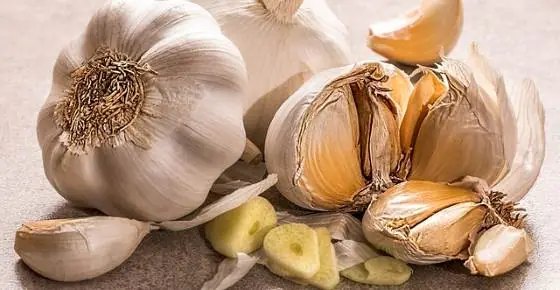
Medicinal Health Benefits of Garlic (Raw, Supplement) – Science Based

Why You Should Wash Your Face With Apple Cider Vinegar
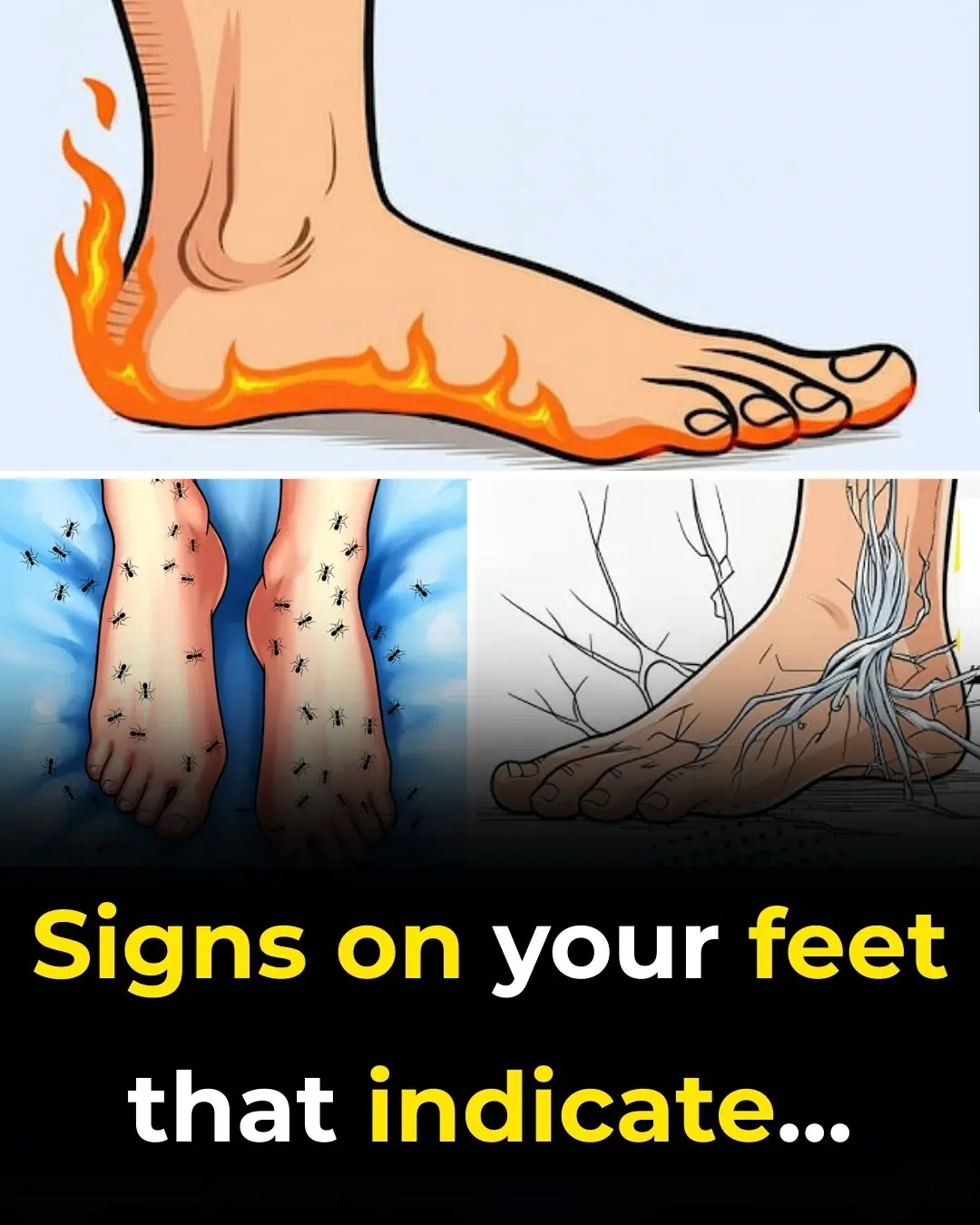
What Your Feet Are Telling You
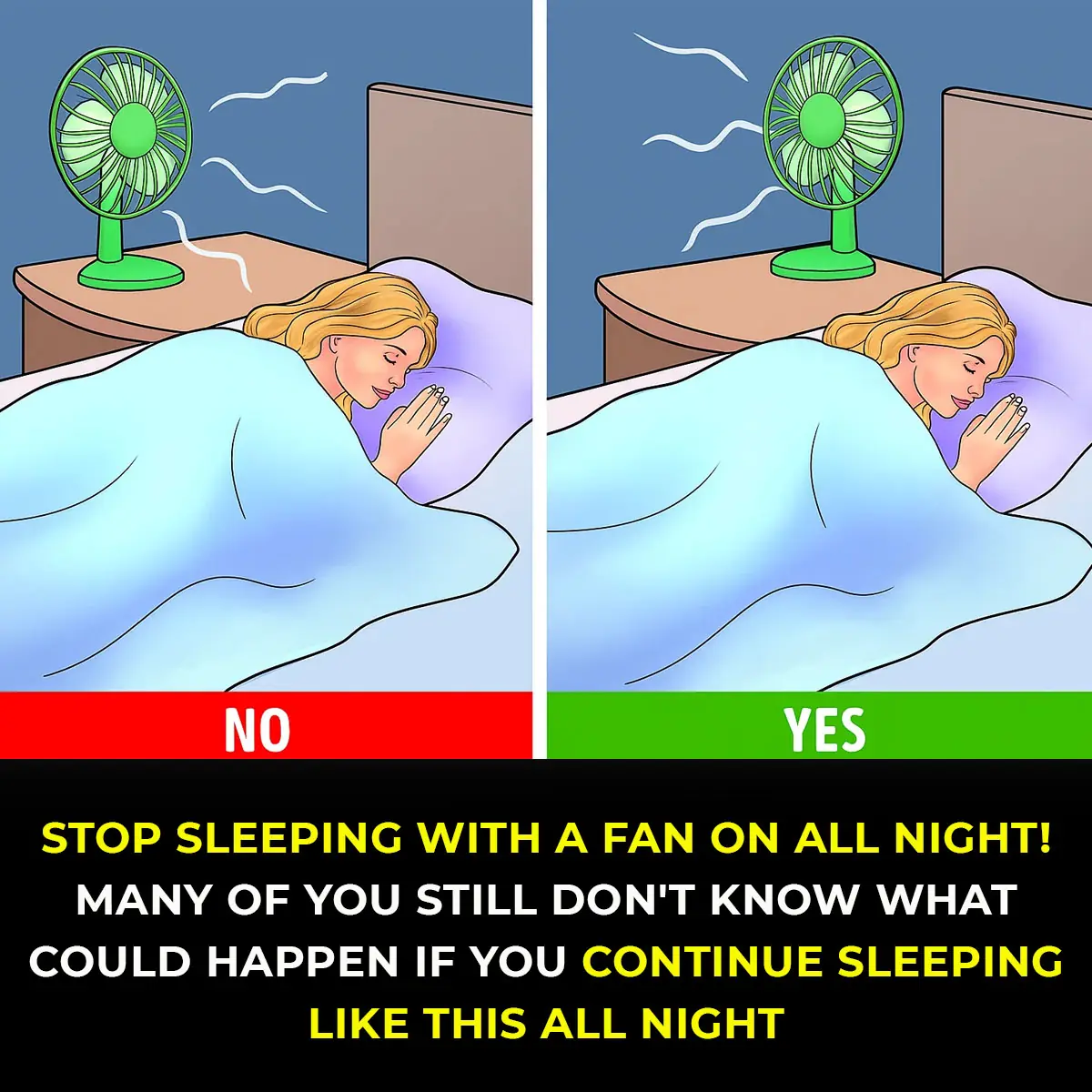
6 Health Benefits of Sleeping In a Cold Room and How to Make it Cooler- And Why You May Not Want to Use a Fan
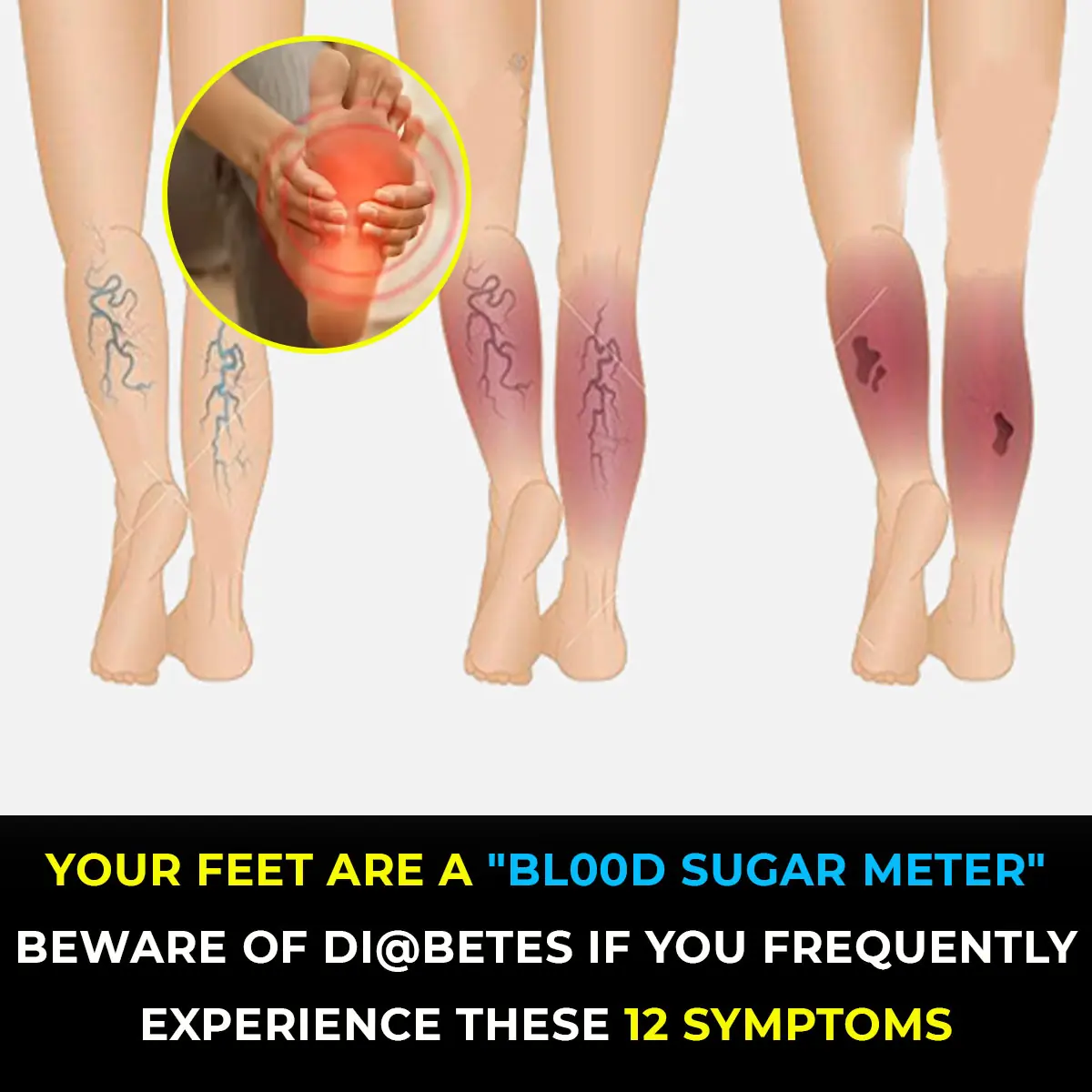
10 Symptoms of Diabetes That May Show Up In Your Feet

This is what sleeping on the left side does for our brain, stomach & glymphatic health
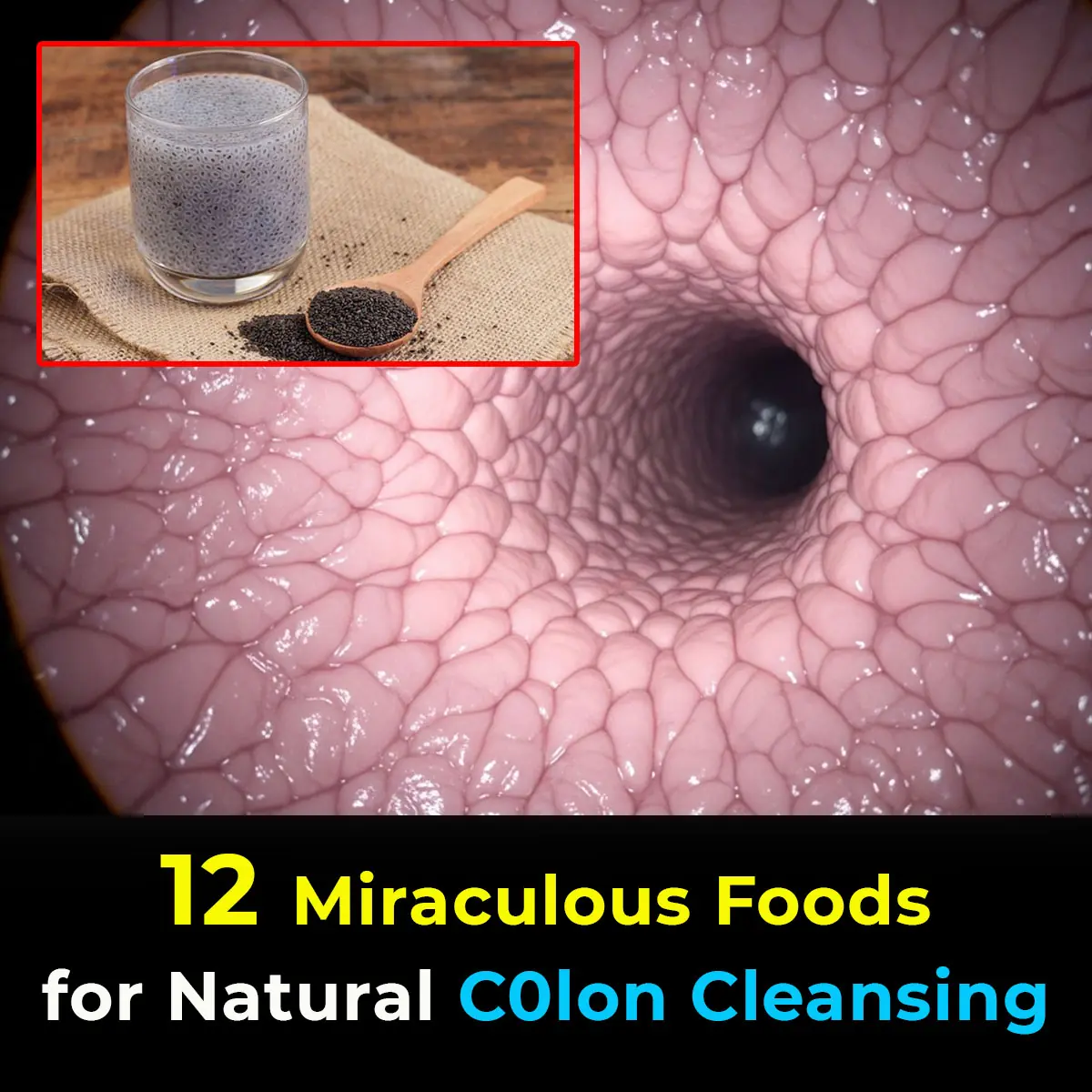
12 Best Foods To Support Digestive and Gut Health

Study suggests anal cancer is on the rise and reveals who’s most at risk

Wife Complains of a Headache, Sleeps, and Dies Without Husband Knowing: This Type of Headache Requires Immediate Hospitalization!

Shocking Effects of Sleeping Less Than 7 Hours — What Really Happens to Your Body
Getting less than seven hours of sleep might feel harmless, but science shows it can quietly damage your body in ways you don’t expect. From hormonal imbalances to skin problems and even digestive issues, sleep deprivation affects far more than just you

Doctors Explain Why You Should Never Hold Back a Fart
On average, every person passes gas 14 to 23 times per day—it’s a natural part of being human and actually shows that your digestive system is functioning properly.

Scientists Invent Smart Tooth That Grows Into Your Gums And Connects To Nerves Like the Real Thing

Scientists Say This New Stem Cell Treatment Could End Type 1 Diabetes for Good
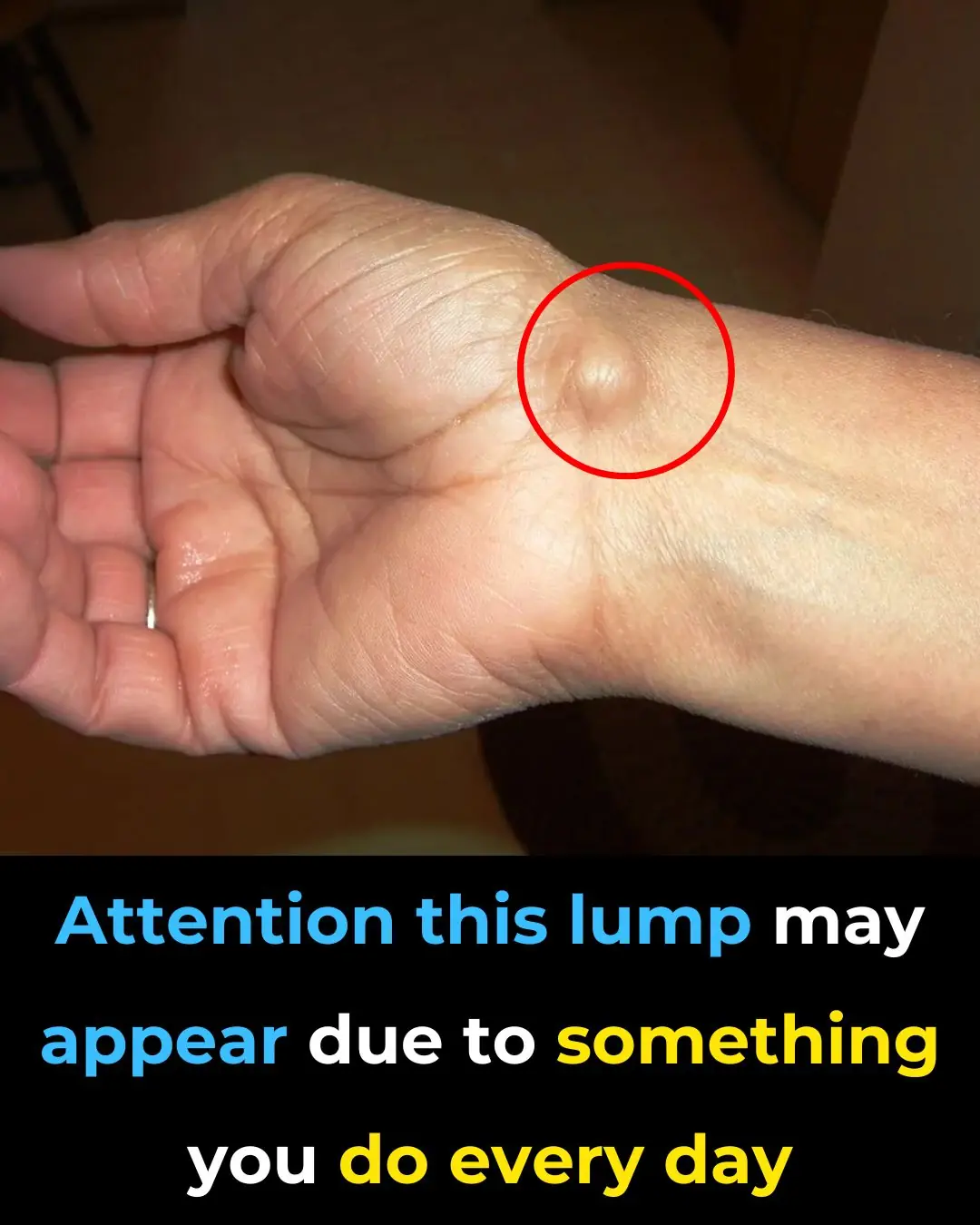
Everyday Habits That Can Cause a This Issue To Your Hands

My Nana’s Homemade Cure for Stubborn Throat Mucus That Works Every Time
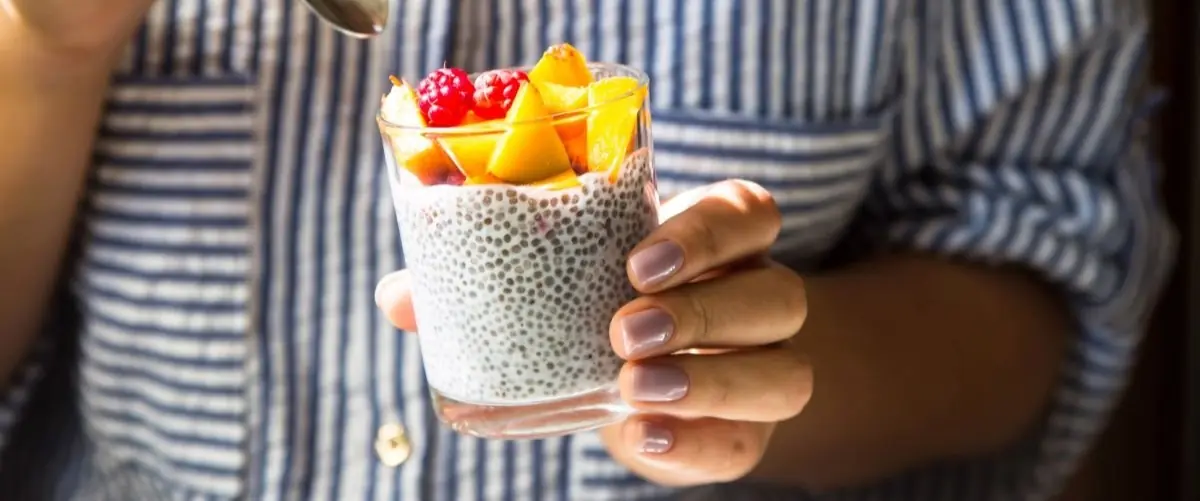
Doctors Are Shocked by What Happens When You Eat Chia Seeds First Thing in the Morning
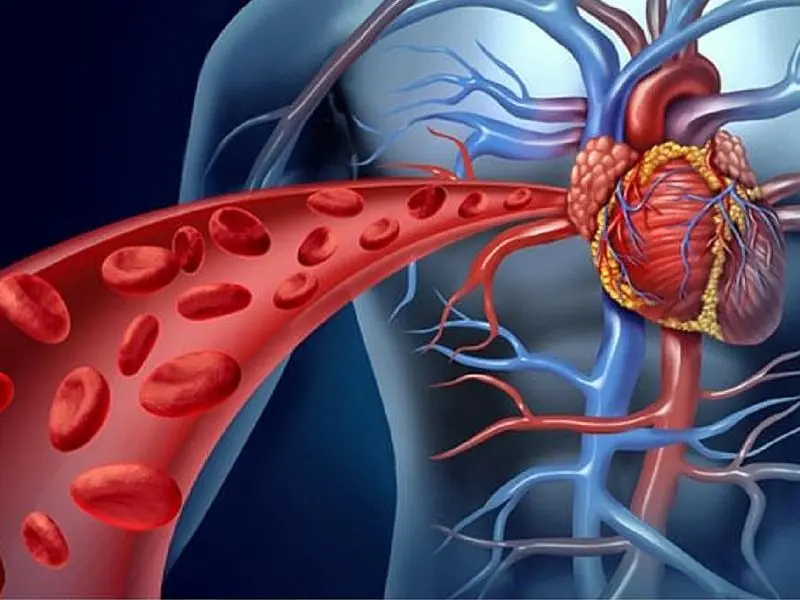
Warning Signs of Poor Blood Circulation That Are Easy to Ignore
News Post

Menopause Symptoms That May Surprise You

10 Healthy Sandwich Dos and Don’ts

Never Ever Say These 4 Things at a Funeral — No Matter the Situation
When it comes to funerals and expressions of sympathy, your words don’t need to be profound or poetic.

🥥 15 Compelling Reasons to Include Coconut Water in Your Daily Routine
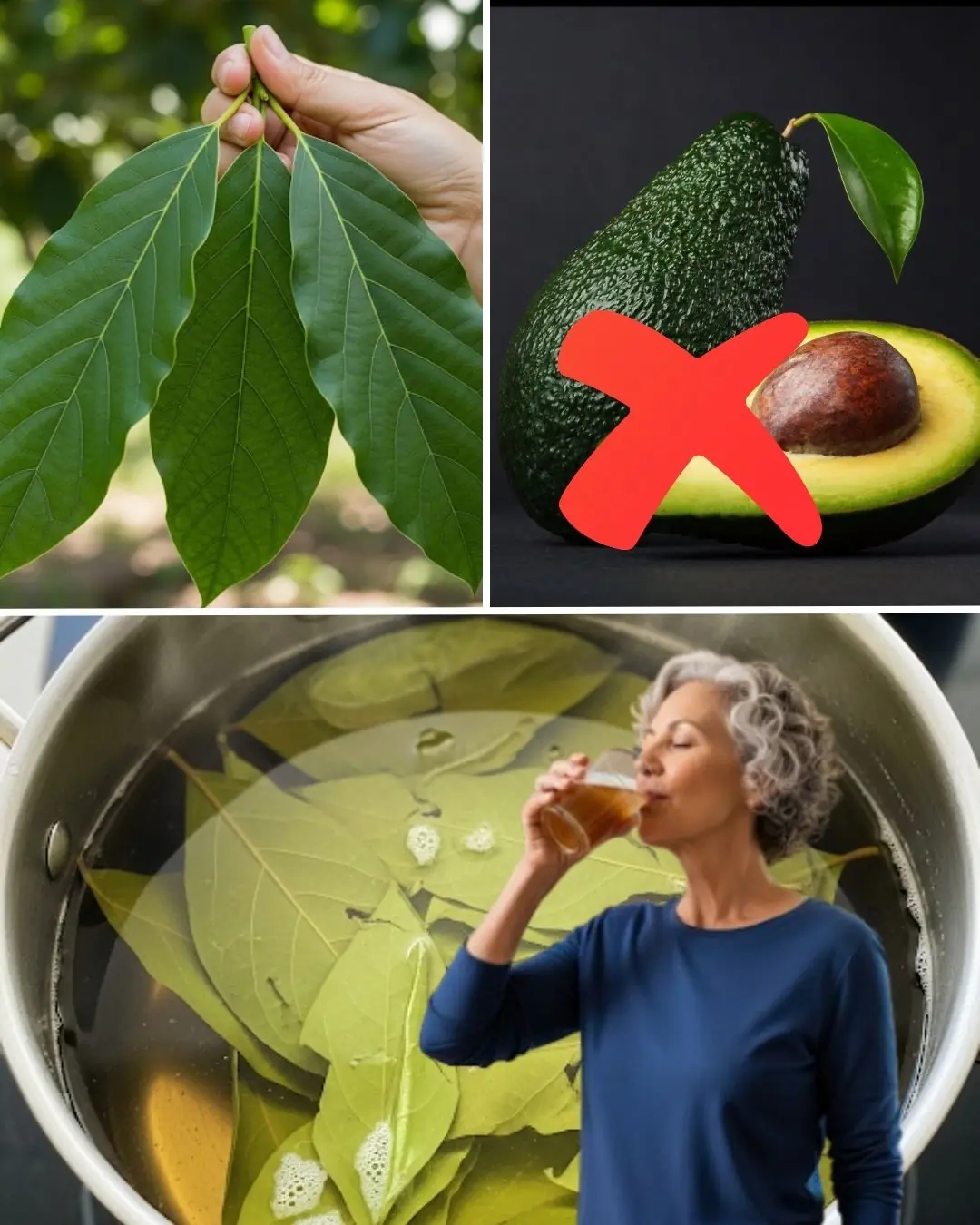
🌿 30 Remarkable Benefits of Avocado Leaves
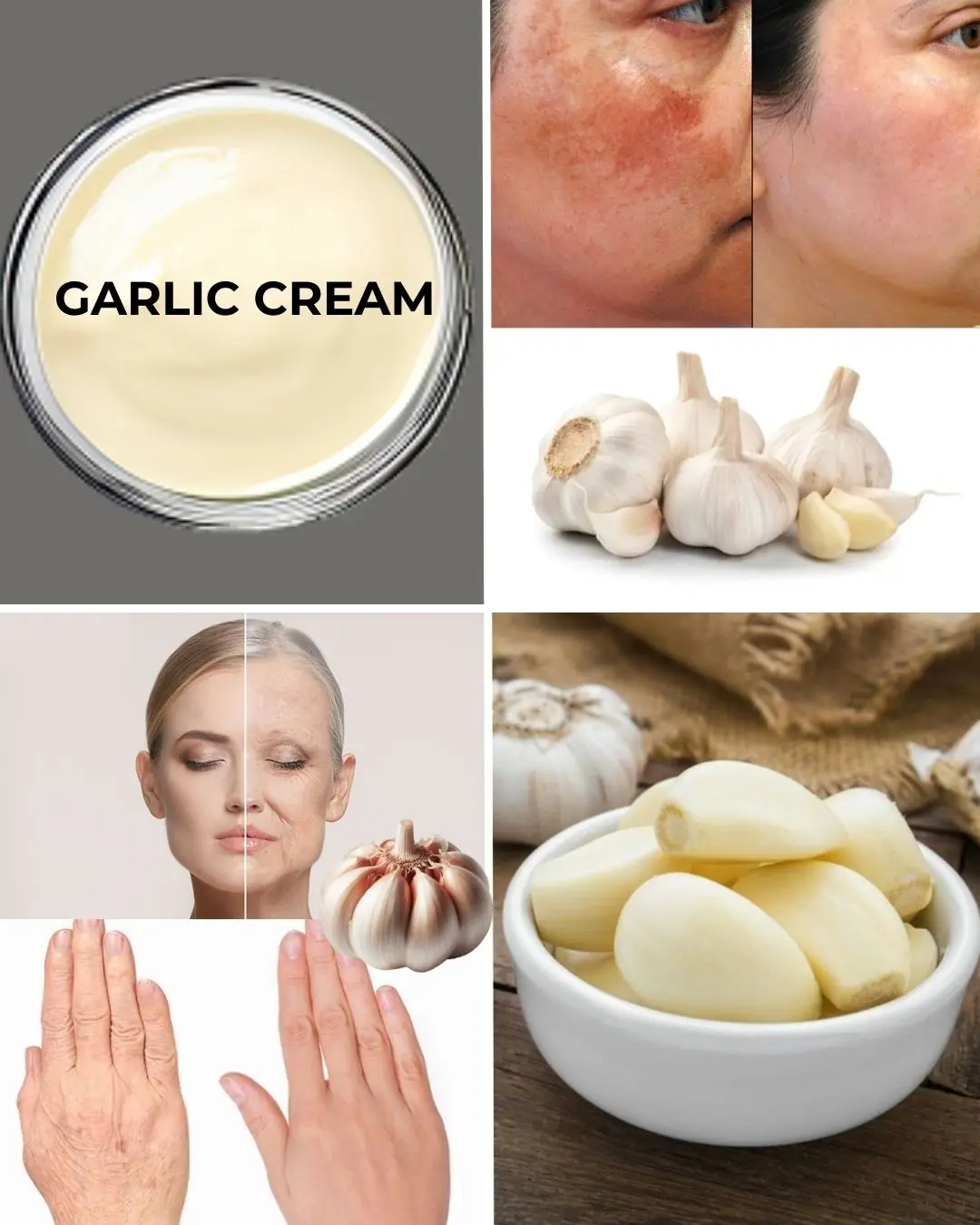
🌿 Natural Collagen Boost: Garlic Remedy for Smoother Skin
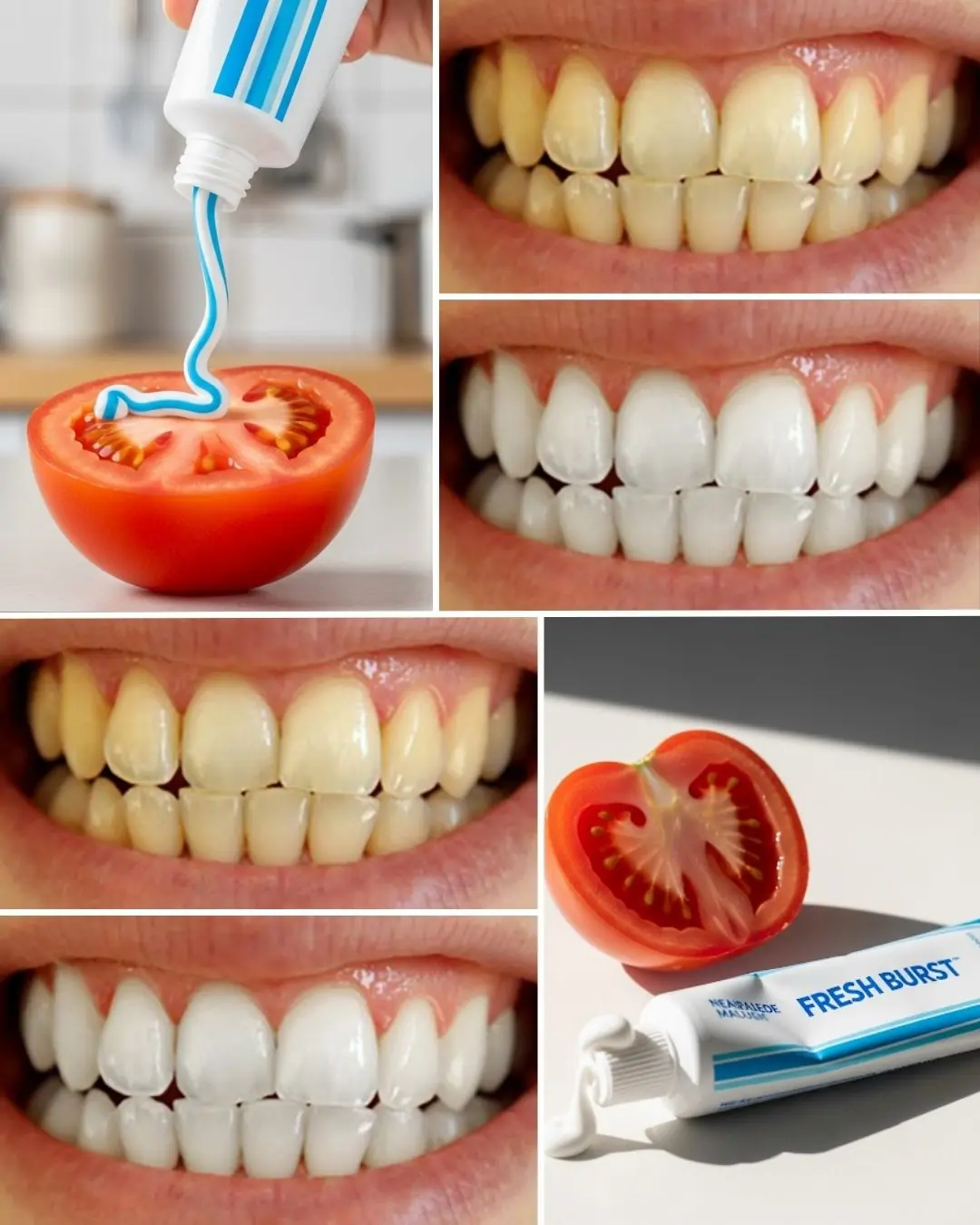
✨ Brighten Your Smile Naturally: A Simple DIY Teeth Whitening Remedy
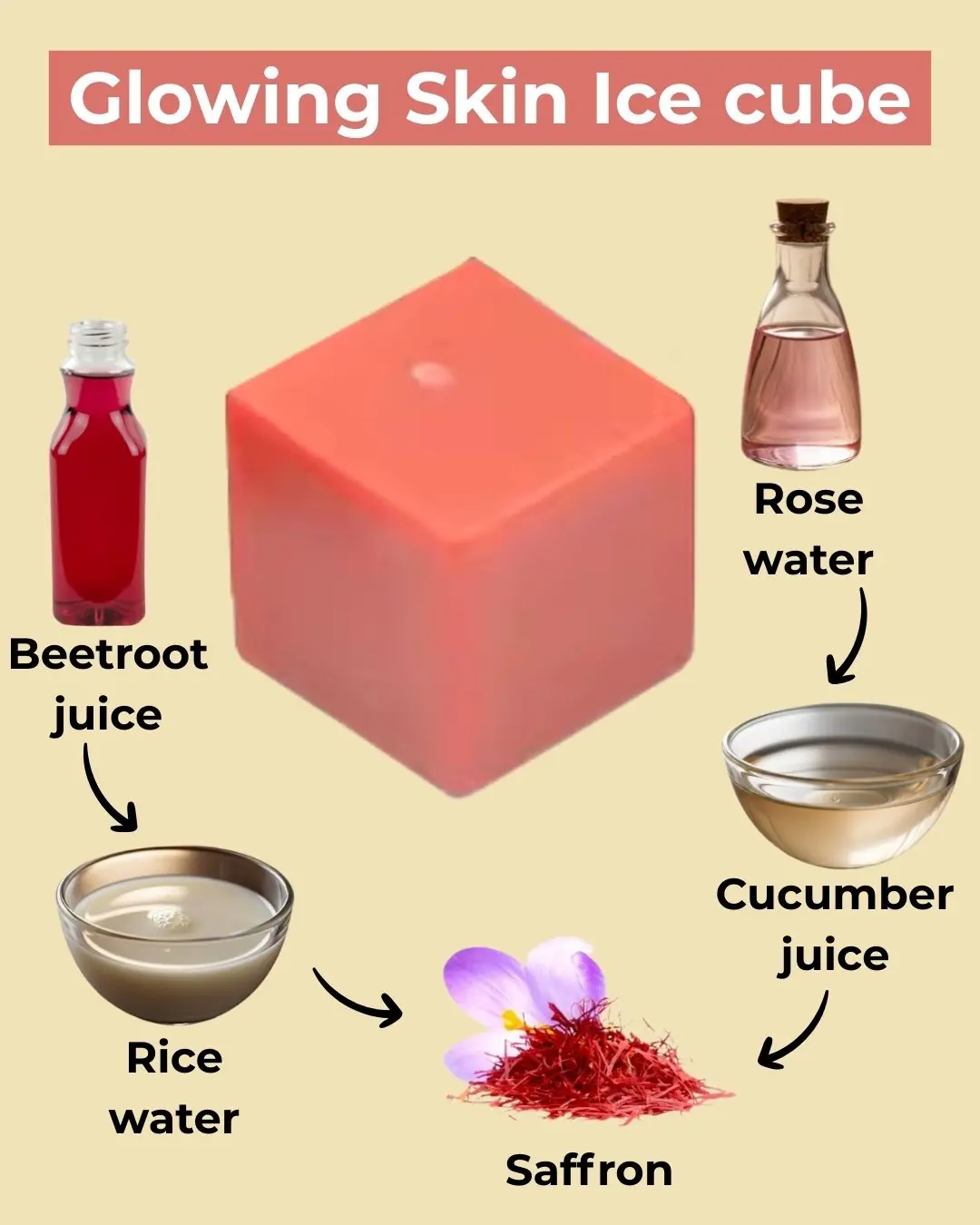
🌟 DIY Collagen Ice Cubes for Radiant Skin

🌿 3 Natural Home Remedies to Remove Skin Tags Safely

Medicinal Health Benefits of Garlic (Raw, Supplement) – Science Based

Why You Should Wash Your Face With Apple Cider Vinegar

What Your Feet Are Telling You

6 Health Benefits of Sleeping In a Cold Room and How to Make it Cooler- And Why You May Not Want to Use a Fan

The Hidden Meaning Behind Leg-crossing — It’s More Than Just Comfort

10 Symptoms of Diabetes That May Show Up In Your Feet

How To Properly Dispose of Ticks

This is what sleeping on the left side does for our brain, stomach & glymphatic health

12 Best Foods To Support Digestive and Gut Health
